The study, The Giving Environment: Giving During Times of Uncertainty, tracks trends in charitable giving before and during the pandemic.
Researchers found that the share of Americans donating to charity fell from 50.9% in 2018 to 46.9% in 2020. This decline continues a 20-year trend, as household participation dropped from two-thirds in 2000 to about half in 2018.
The pandemic accelerated this trend, the report said. Secular giving rates saw sharper declines than those to religious congregations. However, donor households gave more money on average. The average annual donation rose from $2,792 before the pandemic to $3,116 in 2020. Secular causes received the largest increase, with donations climbing by 44% compared to pre-pandemic levels.
“This study shows the resilience of generosity during challenging times,” said Una Osili, associate dean for research at the school. “Americans gave more even as fewer households participated.”
The research analyzed data from the school’s Philanthropy Panel Study, which follows more than 9,000 households over time. The study was funded by the Bill & Melinda Gates Foundation.
Amir Pasic, dean of the Lilly Family School of Philanthropy, said the pandemic disrupted giving patterns in ways not seen in decades. Communities hit hardest by COVID-19 saw sharper declines in giving rates. Individual experiences like job loss or illness had less impact than community-wide effects.
While participation in charitable giving has decreased, researchers say the increase in average donations highlights the complexity of giving trends during uncertain times.
For charitable organizations, like the Community Foundation, it’s important to understand and adjust to the changing dynamics of donors and to tailor strategies as a result of this historical event, researchers said.





